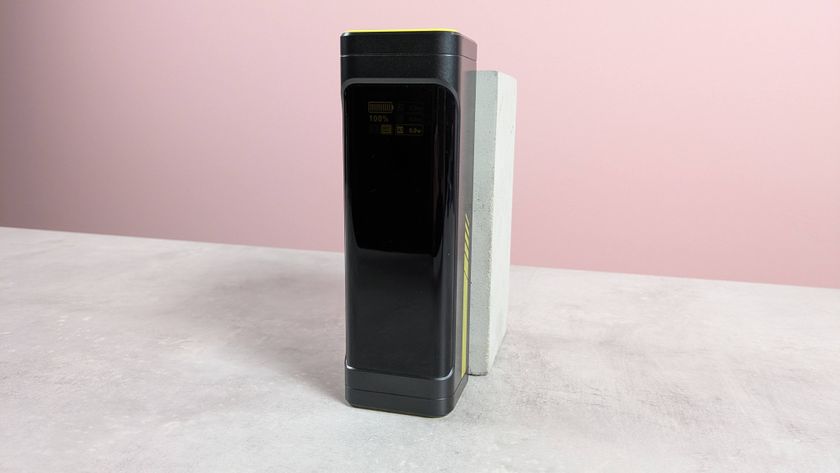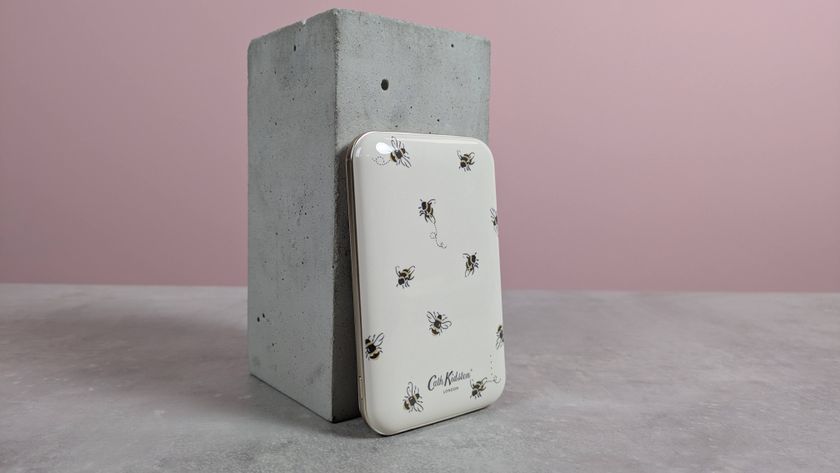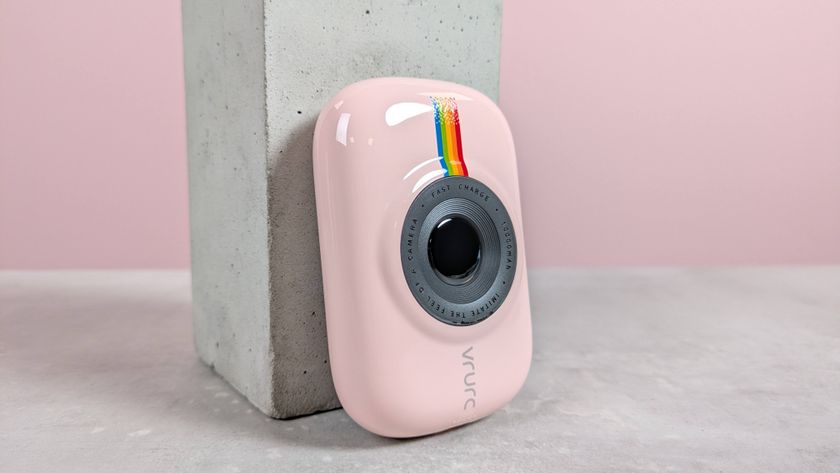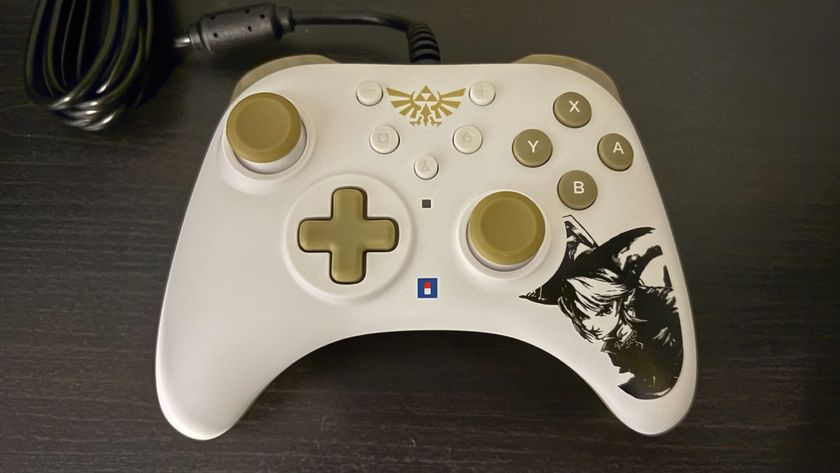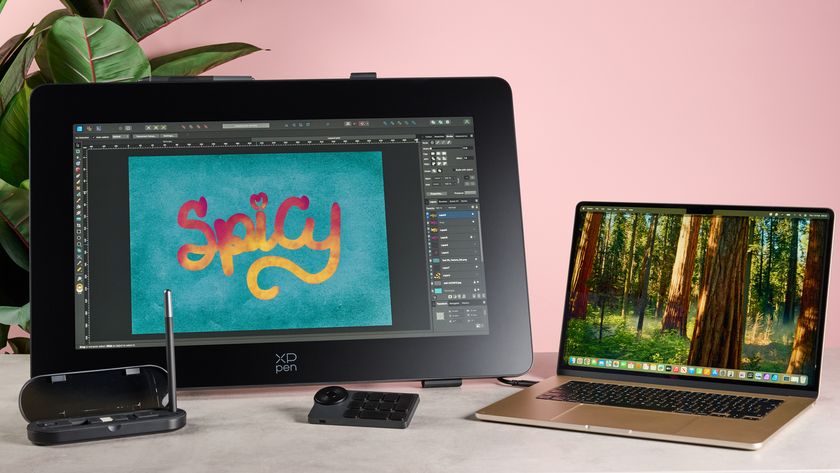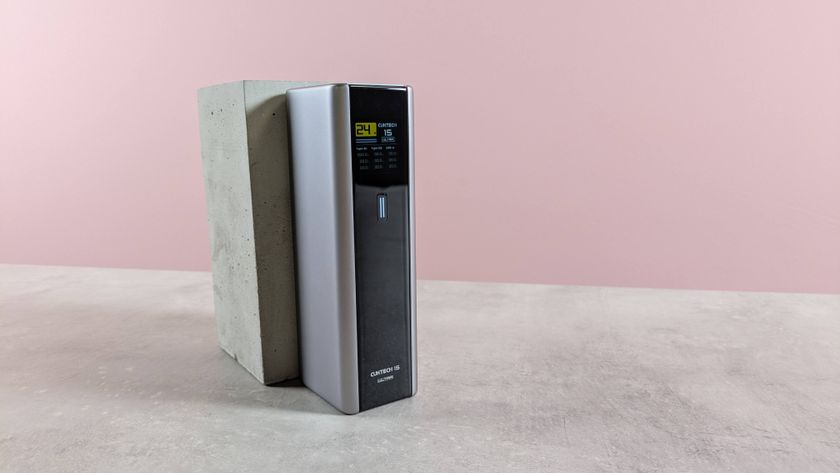Why you can trust TechRadar
When the Shield Tablet K1 shipped, it featured Android 5.1 Lollipop out of the box. But now, users can look forward to over-the-air (OTA) access to Google's sweetest mobile operating system, Android 7.0 Nougat. We were able to upgrade recently with no issue.
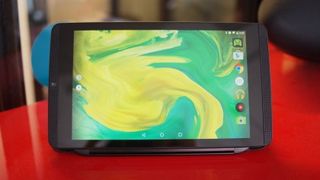
As I touched on, Google's influence is clear in the fact that the Shield Tablet K1 feels like a stock version of Android, with the biggest difference being that Nvidia has pre-loaded the tablet with its Dabbler photo editing app and Shield Hub, a standalone experience for you to purchase, download, and launch your games with.
Arguably, the real star of the tablet is Nvidia's Tegra K1 mobile superchip. The 2.2GHz quad-core ARM Cortex A15 SOC features Nvidia's Kepler GPU architecture and 192 CUDA cores along with 2GB of low power DDR3 RAM. K1 supports many of the graphical features commonplace in GeForce graphics card including tessellation, HDR lighting, Global illumination, subsurface scattering, and more.
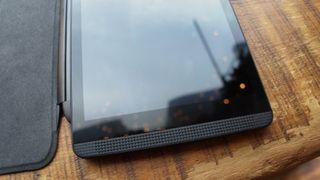
In our performance benchmarks, the K1 killed it and even beats out some more expensive smartphones and tablets in the process. Up until now, the original Shield's actively-cooled Tegra 4 was one of the more powerful Android SOC on the market, but the Tegra K1 slaughters it across the board. In Antutu and GeekBench benchmark, we saw modest gains of 12% to 23% in Shield versus Shield Tablet action.
In GeekBench 3, the Nvidia Shield Tablet K1 scored a modest 1147 on the single-core benchmark, which puts it slightly below the Samsung Galaxy S6, but above both the Nexus 6 and OnePlus 2. For the multi-core score, it put up 3451, which powers over the much more expensive Nexus 9 and the devices listed above.
But in Passmark and GFX Bench's Trex test, we saw nearly a 50% spread, and in 3DMark's mobile Icestorm Unlimited test, we saw an astounding 90% advantage for the Shield Tablet. This is incredible when you consider that the tablet has no fans and a two-watt TDP. Compared to the second-gen Nexus 7, the Shield Tablet benchmarks anywhere from 77% to 250% faster. This SOC is smoking fast, even standing up well to newer devices like the Nexus 9.
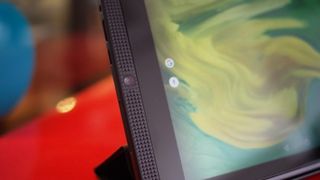
In terms of battery life, Nvidia is claiming you'll get 10 hours watching/surfing the web and about five hours from gaming with its 19.75 Wh battery. This is up 3.75 Wh up from Google's Nexus 7 equivalent and from our experiential tests, we found those figures to be fairly accurate if not a best case scenario. It will pretty much last you all day, but you'll still want to let it sip juice every night.
Shield Controller
Of course if you're going to game with it, you're going to need Nvidia's new wireless Shield Controller. Sold separately for $59.99/£49.99 (about AU$63), the 11.2-ounce Shield Controller maintains the same button layout as the original Shield controller, but feels a lot lighter and more comfortable to hold. While most Android game controllers operate over Bluetooth, Nvidia opted to go with Wi-Fi Direct stating that it offers 2x faster response time and more bandwidth.
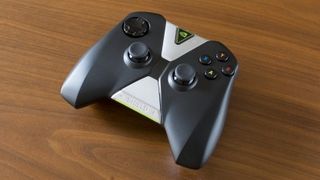
The extra bandwidth allows you to plug in a 3.5mm headphone into the controller and also allows you to link up to four controllers to the device, which is an appreciated feature when you hook up the tablet to your HDTV via the Shield Tablet's Console Mode. Other unique features of the controller include capacitive touch buttons for Android's home, back, and play buttons.
There's also a big green Nvidia button that launches Shield Hub. The controller also has a small triangle shaped clickable touch pad which allows you to navigate your tablet from afar. A quibble we had with it is that we wish the trackpad was more square, to at least mimic the dimensions of the tablet as the triangle shape was a little awkward to interface with.
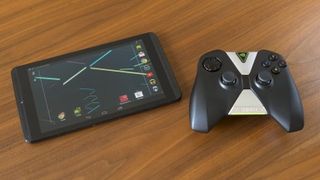
Another problem that we initially had with the controller was that the + volume button stopped working after a while. We contacted Nvidia about this and the company sent us a new unit which did remedy the issue, however. One noticeable missing feature from the controller is rumble support. Nvidia said this was omitted on the original Shield to keep the weight down, however its omission is a little more glaring this time around since there is no screen attached to the device.
Extras
The controller isn't the only accessory that you'll need to purchase separately if you want to tap into the full Shield Tablet experience, however. To effectively game with the tablet, you'll need the Shield Tablet cover which also acts as a stand. Like most tablets, a magnet in the cover shuts off the Shield Tablet when closed but setting up the cover and getting it to stand-up is initially pretty confusing.
At the time of writing, the cover comes in black and looks rather fetching, like the iPad Smart Cover. Nice as it is, it's a costly accessory at $39 (£19, about AU$51). It would really sweeten the deal if Nvidia decided to include the cover with the purchase of the Shield Tablet K1.
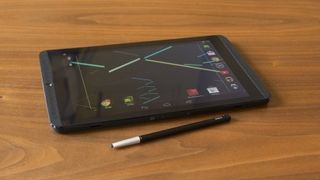
The Nvidia Shield Tablet K1 is considerably cheaper than before, and as a result, the overall offering inside of the box is more skimpy.
Gone from the package is a micro USB cable and power brick, which could be a bit problematic for some. Like the New Nintendo 3DS, you'll need to provide your own. This exclusion from the bundle most definitely allowed for a cheaper price, but whether that ends up being good for you in the long run will depend on what your current stock of USB peripherals looks like.
Now, you'll have to pony up $29 (£17, about AU$39) for the world charger set. To the benefit of frequent travelers, you'll now have swappable plugs that work around the world.
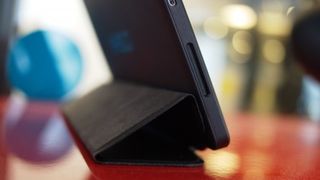
Also gone from the previous iteration of the Shield Tablet is the stylus. Nvidia Dabbler, the painting and photo editing software still comes standard with the K1, but you'll have to use your finger or a third-party stylus instead, which is not a big deal. I'm really happy that Nvidia dashed the price of the Shield Tablet and if the exclusion of a stylus played any part in that, I'm glad to see it go.
Game features
But a stylus probably wasn't why you were interested in a Shield Tablet in the first place. This device is a gaming tablet, first and foremost.
With gaming as the primary driver for Shield Tablet customers, you may wonder why Nvidia didn't bundle its new controller. The company likely learned from Microsoft's mistake with Kinect and the Xbox One: Gamers don't like to spend money and getting the price as low as possible was likely on Nvidia's mind. Of course, not everyone may even want a controller with the general lack of support for it in games. Nvidia says there are now around 400 Android titles that support its controller, but that's only a small percentage of Android games and the straight truth is that the overwhelming majority of these games are garbage.
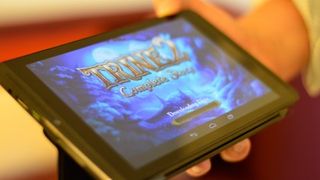
Nvidia is making a push for Android gaming, however. The company worked with Valve to port over Half Life 2 and Portal to the Shield and they look surprisingly fantastic and are easily the two prettiest games on Android at the moment. Whether Android will ever become a legitimate platform for hardcore gaming is anyone's guess, but at least the Shield Tablet will net you a great front seat if the time ever arises.
Luckily you won't have to rely solely on the Google Play store to get your gaming fix. Emulators run just as well here as they did on the original Shield and this iteration of Shield is also compatible with Gamestream, which is Nvidia's streaming technology that allows you to stream games from your PC to your Shield. Gamestream, in theory, lets you play your controller-enabled PC games on a Shield.
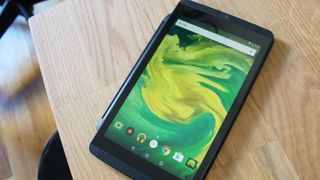
At this point, Nvidia says Gamestream supports more than 100 games such as Batman: Arkham Origins and Titanfall from EA's Origin and Valve's Steam service. The problem though is there are hundreds more games on Steam and Origin that support controllers but not the Shield Tablet's controller. For example, Final Fantasy VII, a game which we couldn't get working with the original Shield still isn't supported even though it works with an Xbox controller on the PC. When Gamestream does work, however, it's relatively lag-free and kind of wonderful. The one caveat here is that you'll have to get a 5GHz dual-band router to effectively get it working.
Current page: Performance, apps and battery life
Prev Page Introduction, design and display Next Page VerdictCameron is a writer at The Verge, focused on reviews, deals coverage, and news. He wrote for magazines and websites such as The Verge, TechRadar, Practical Photoshop, Polygon, Eater and Al Bawaba.
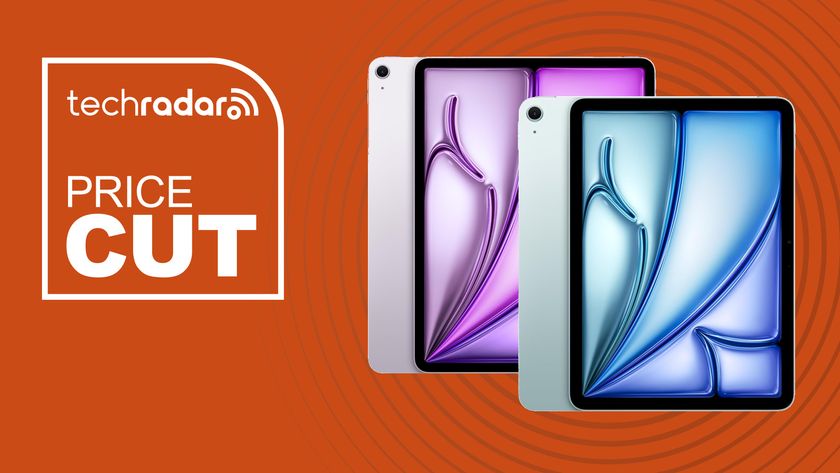
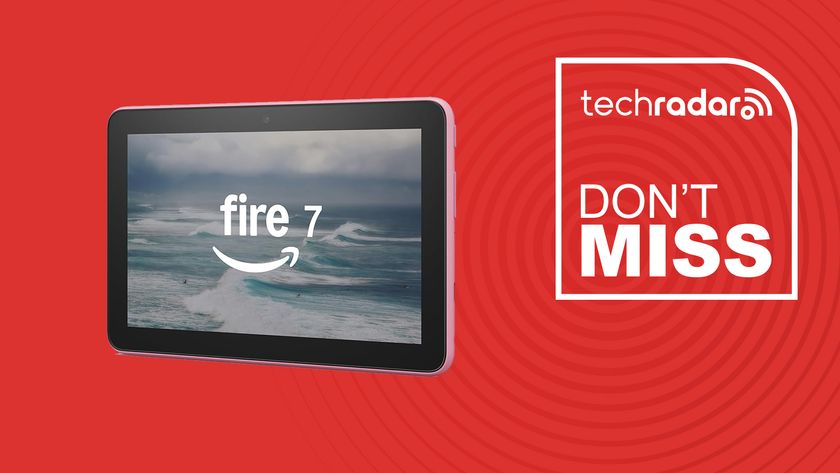
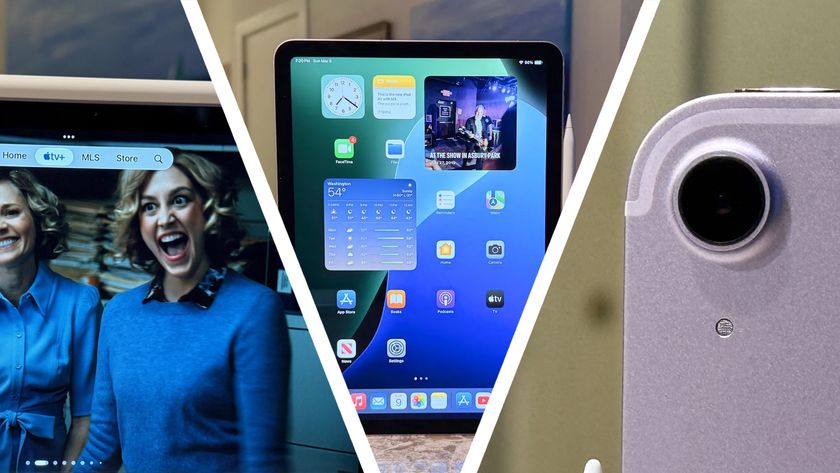
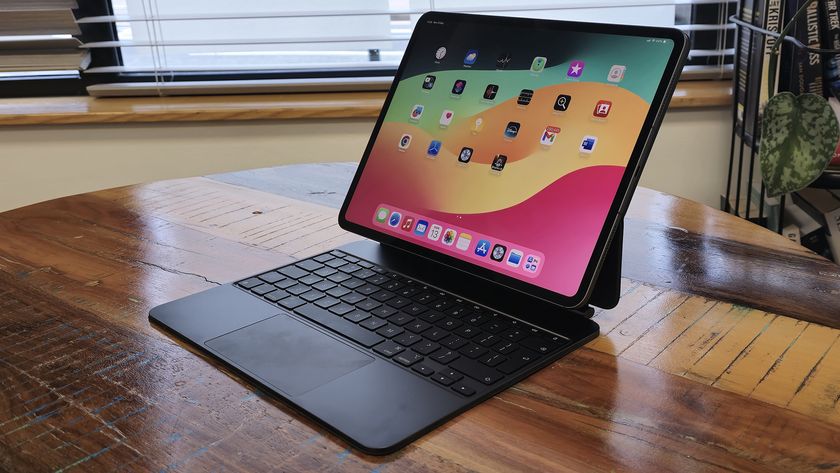



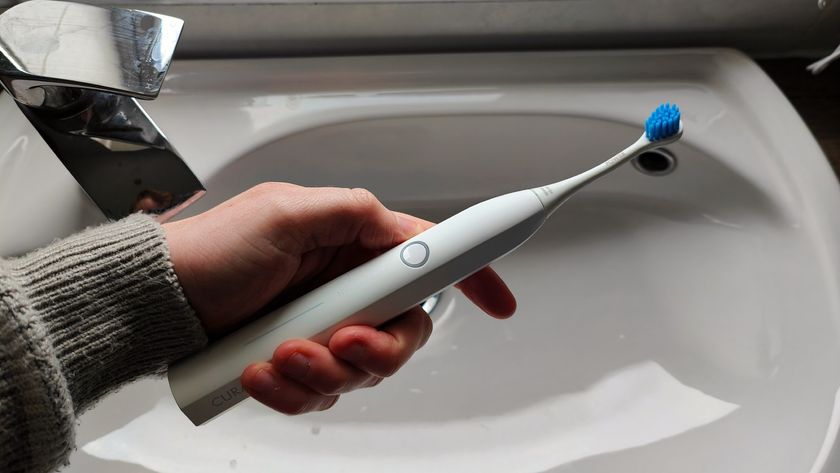
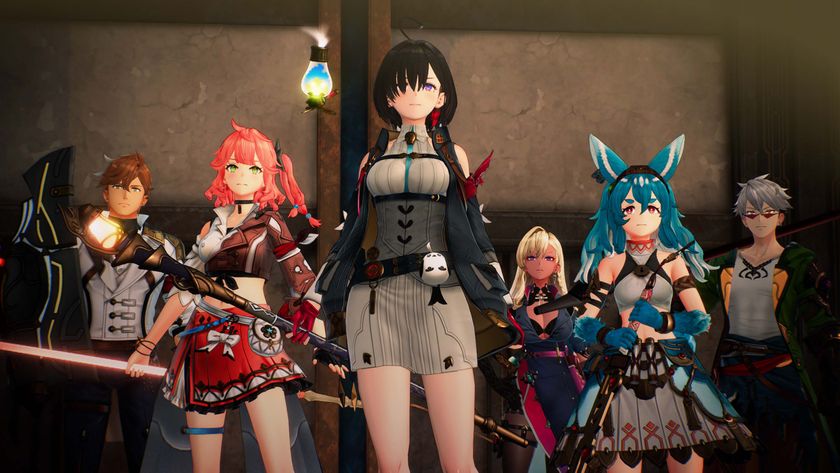

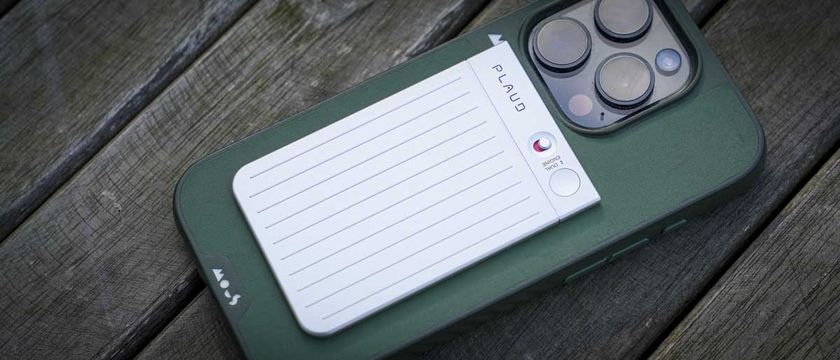
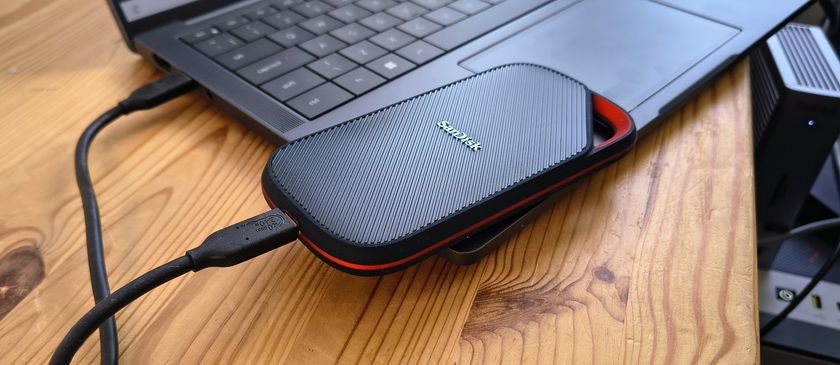
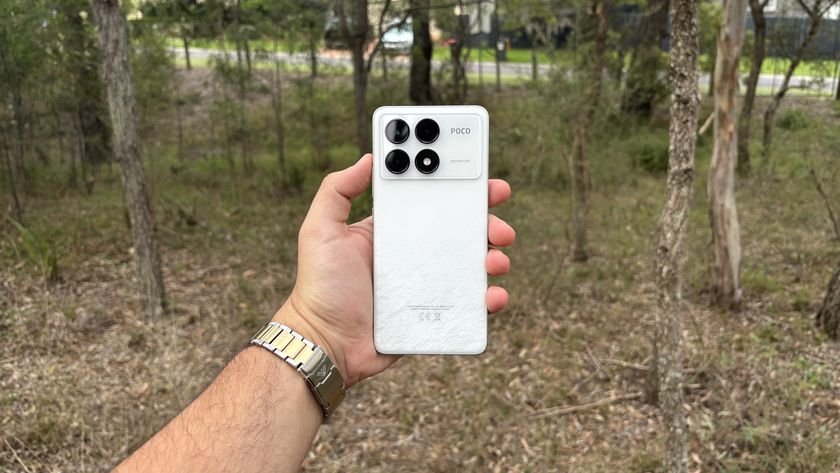
For a mid-range handset, the Poco F6 Pro is premium in more ways than one, but I found it hard to ignore some of its key pitfalls
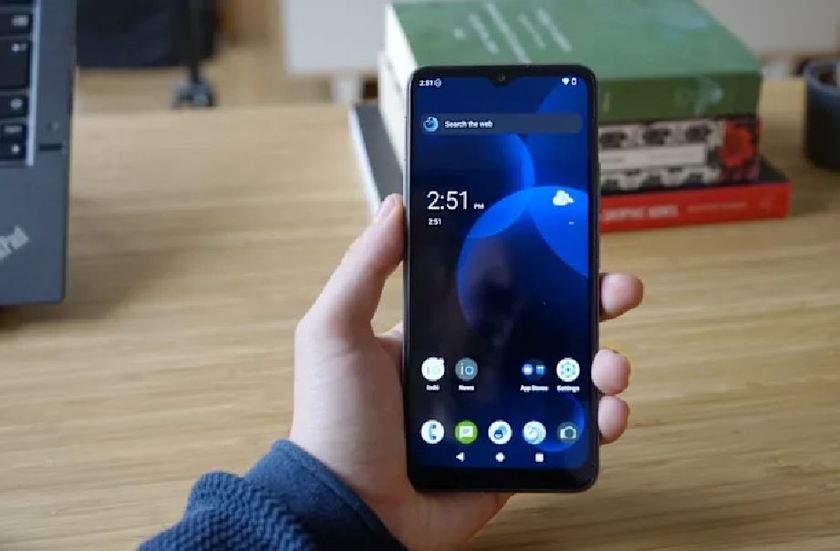
This obscure brand wants to launch the most privacy-friendly smartphone ever without Google, but with a mysterious open-source OS at its core
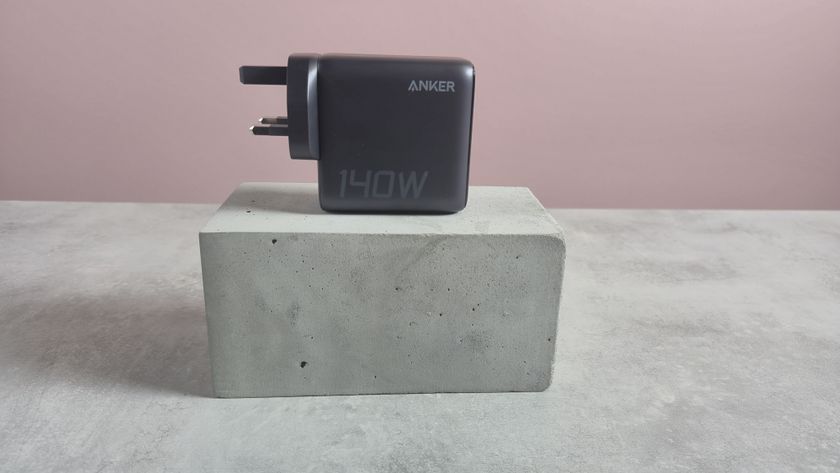
This powerful phone charger has been making faces at me, but I kinda love it


